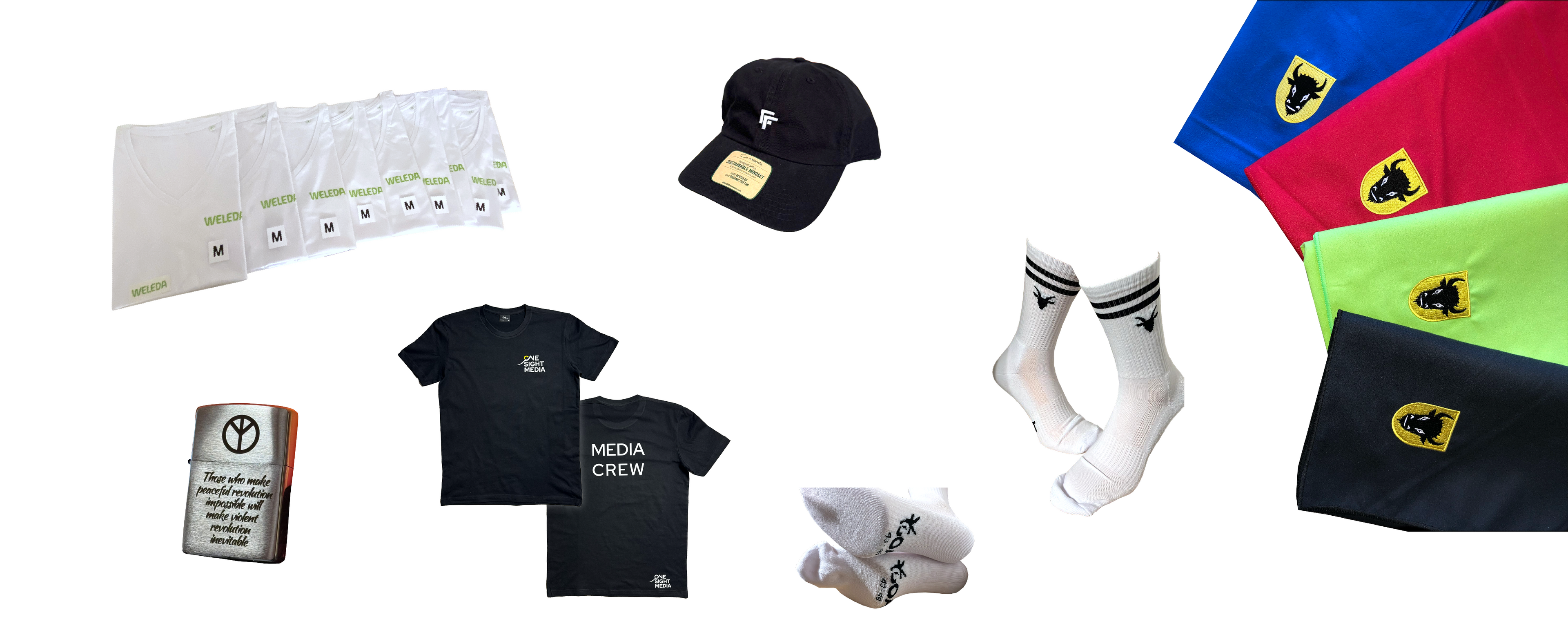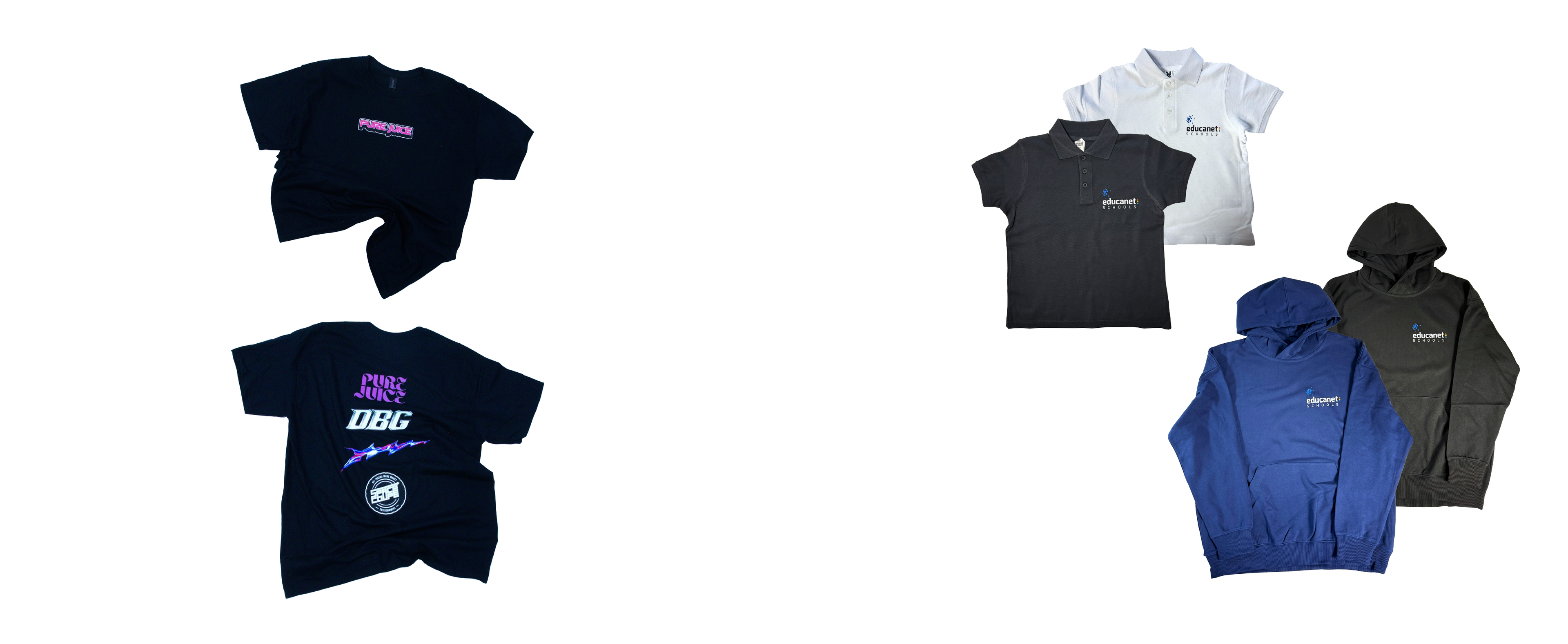Custom t‑shirts for business: practical guide to gifts, events, and professional workwear
Branded t‑shirts remain a low‑cost, high‑recall asset for EU companies, but projects stall on specs, lead times, and supplier choice.
According to the Promotional Products Association International, promo items drive long‑term brand memory and are kept for months—ideal for awareness‑stage campaigns and events.
Partner Gifts: thoughtful apparel that strengthens relationships
Partner gifting works when items are practical, premium, and personal. Choose soft ringspun cotton, tone‑on‑tone logos, and custom hangtags. Include a short thank‑you note and accurate size collection up front.
Apparel’s cost‑per‑impression remains among the most efficient in B2B gifting, helping brands stay top‑of‑mind without overspending. According to ASI benchmarks, apparel ranks in the top tier for recall.
Merch for Events: visibility, comfort, and post‑event reach
Event t‑shirts should be comfortable all day and readable from a distance. Use high‑contrast graphics, staff/VIP/attendee variants, and limited editions with date/location to encourage wear.
Publish a photo gallery after the event to extend reach. Local textile printing Prague or textile printing Brno shortens production timelines and reduces logistics risk for urgent orders.
Workwear: professional representation on‑site
Workwear must look unified and endure frequent washing. Opt for higher GSM fabrics, reinforced seams, and logo placements visible under outerwear (chest + sleeve). Define replacement rules per wash cycles and maintain a clear size curve per team.
EU‑based production improves QA and returns handling, boosting stakeholder trust. Deloitte reports sustainability efforts increase credibility with customers and partners.
Printing Technologies: match process to use case
- Screen printing: best for solid brand colors and larger runs; Pantone‑accurate, lowest unit cost.
- DTF (Direct‑to‑Film): handles complex graphics, strong wash fastness; ideal for mixed sizes.
- DTG (Direct‑to‑Garment): photo‑quality on cotton; great for short runs and personalization.
- Embroidery: premium look for polos/hoodies; excellent durability for workwear logos.
How to Leverage: briefing, QA
Start with a tight brief: vector artwork or 300 DPI, Pantone colors, placement maps, size curve, garment model, packaging, and delivery details. Lock deadlines and rush capacity; require pre‑production proofs and color checks aligned to ISO 9001 process control to reduce defects.
What Now?
If you’re in the EU and need fast, reliable custom branded t‑shirts—partner gifts, event merch, or professional workwear—explore our local production capabilities and reference‑backed technologies via our gallery.
👉 Book your FREE consultation today or contact us:

Frequently Asked Questions
What printing technology is best for solid brand colors on company t‑shirts?
Screen printing delivers Pantone accuracy and the lowest unit cost at scale.
How fast can EU suppliers deliver custom branded t‑shirts for events?
Typically 5–10 business days; faster if artwork is ready and stock is available.
What artwork files ensure high‑quality t‑shirt print output?
Vector (AI, EPS, SVG) or 300 DPI PNG/PDF with outlined fonts and Pantone references.
Which fabrics are best for event comfort versus durable workwear?
Ringspun cotton for soft hand‑feel; higher GSM cotton/blends for durability and wash cycles.
Do embroidered logos work well on standard t‑shirts?
Yes, but embroidery shines on polos/hoodies; for tees, screen print or DTF often looks cleaner.
How can we maintain brand color consistency across multiple batches?
Use Pantone guides, calibrated proofs, and documented approvals with your supplier.
Can we mix sizes and split shipping to multiple EU locations?
Yes—confirm the size curve early and set multi‑address logistics in the purchase order.
How does local EU production and sustainability impact brand trust?
Ethical compliance and eco‑friendly processes improve credibility with partners and customers.


